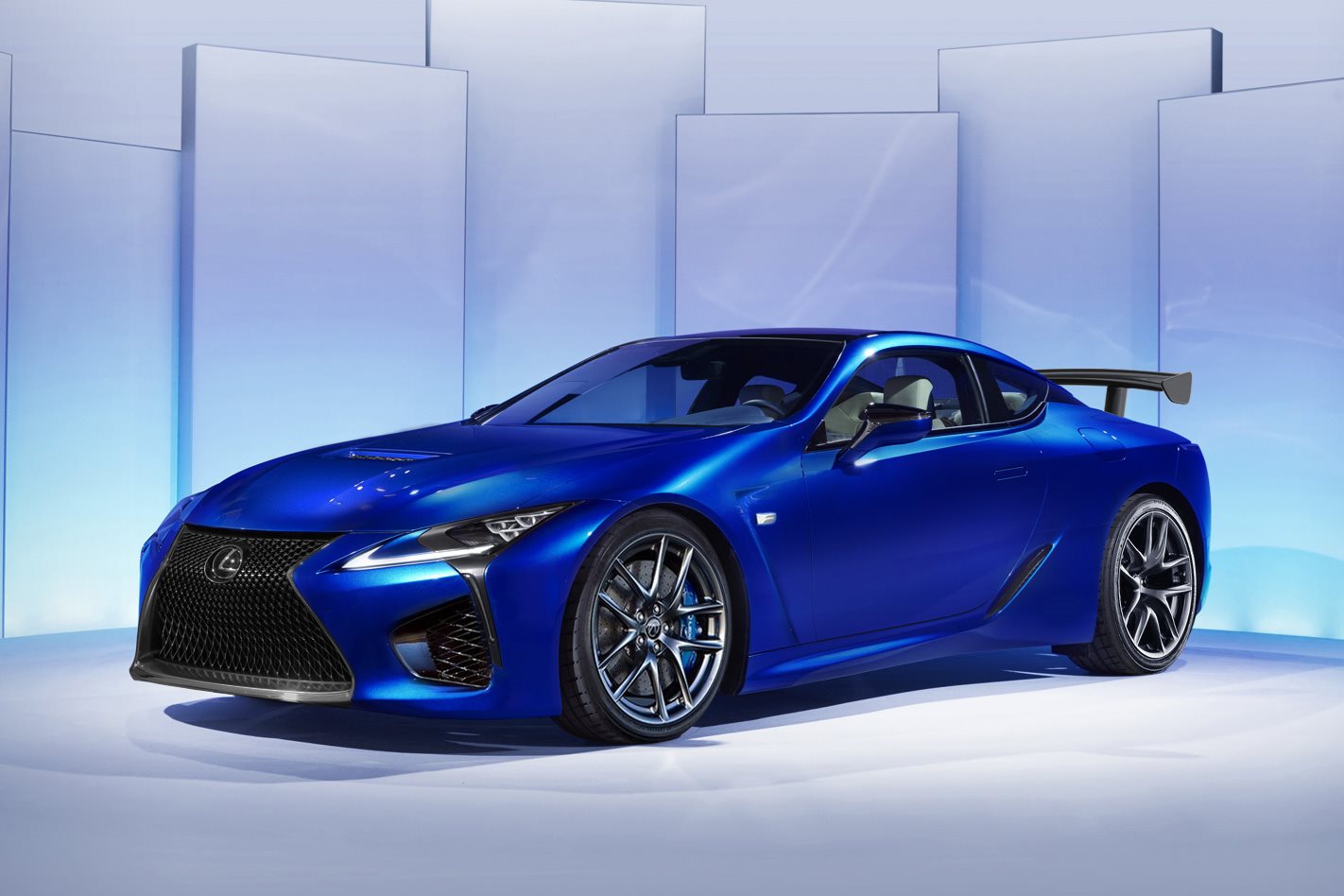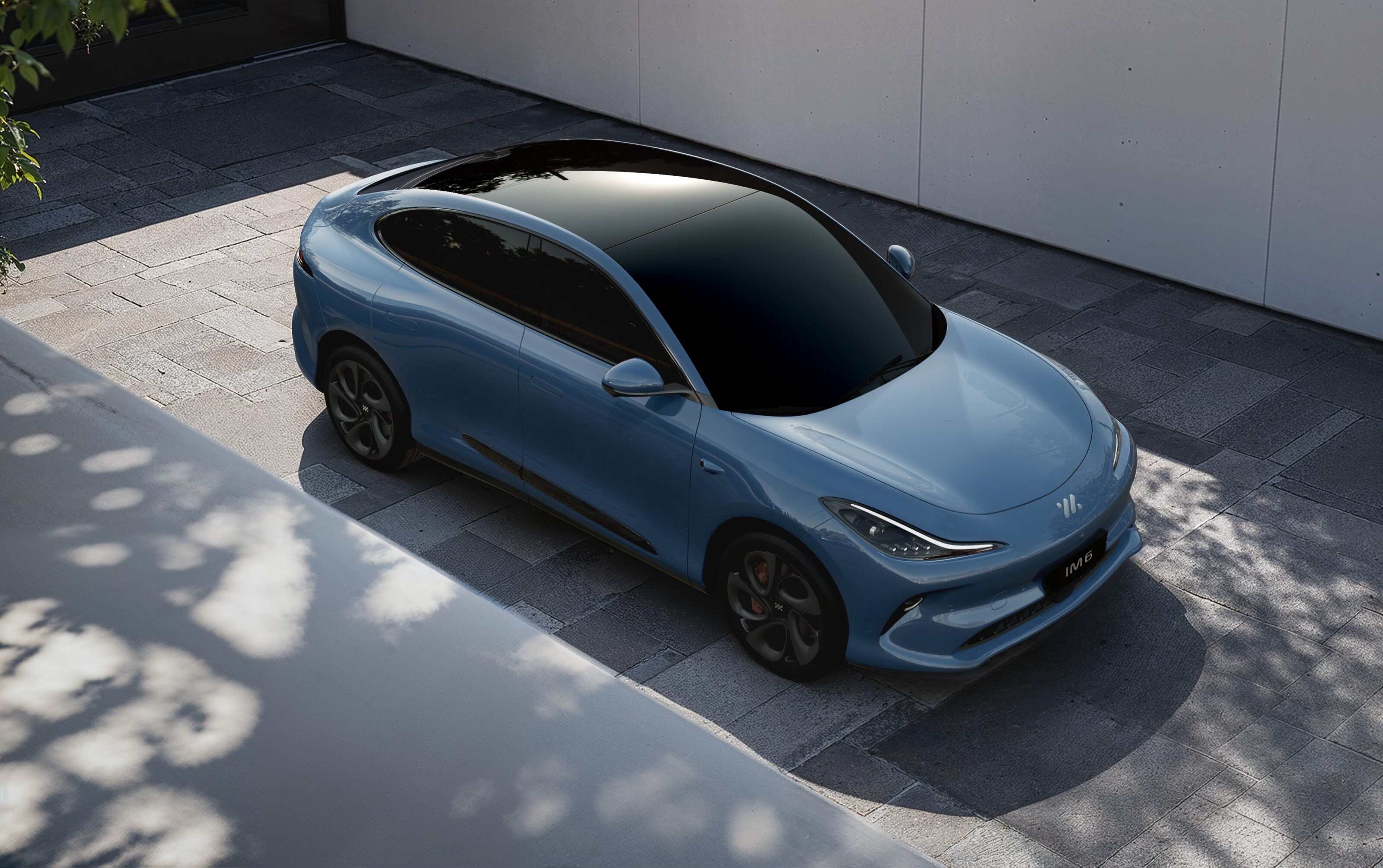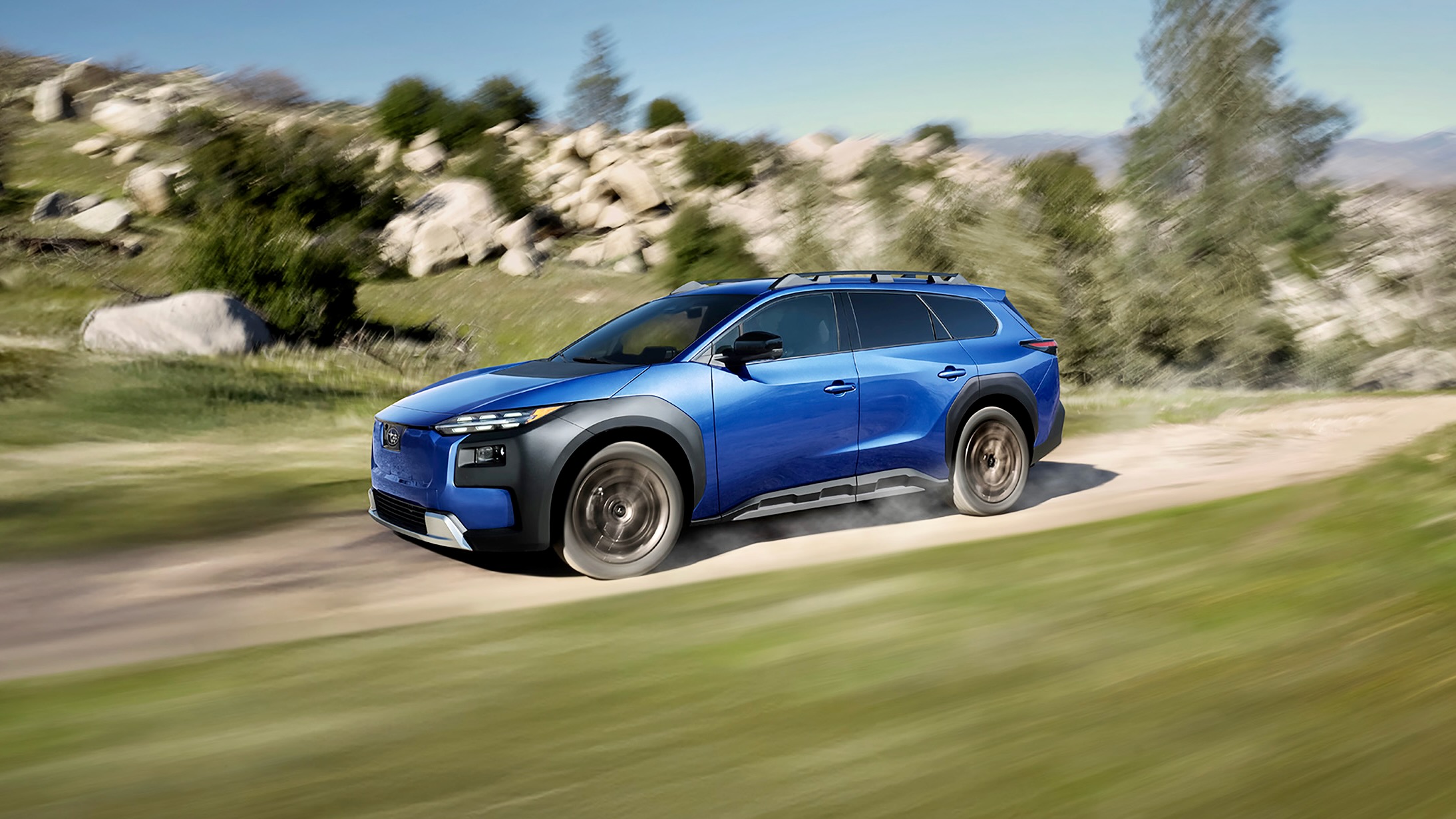LEXUS tends to move a little slower than its German arch-rivals.
While the likes of AMG, Audi Sport and BMW M made the switch to turbo tech for their V8-engined performance cars, Lexus stands apart as the only luxury manufacturer still offering a naturally-aspirated, high-revving V8.
But that may come to an end in 2019, when Lexus is expected to wheel out an all-new 4.0-litre twin-turbocharged V8 – and the initial recipient of the company’s first-ever forced-induction bent eight is likely to be a high-performance LC F flagship coupe.
According to Japanese magazine Holiday Auto, the large coupe’s highly-anticipated ‘F’ variant will see a bevy of changes over the current 5.0-litre atmo V8 petrol LC 500, not to mention its V6 hybrid LC500h sibling.
The rumoured twin-turbo 4.0-litre V8 is an obvious point of difference, and is expected to crank out a massive 463kW – 33kW more than what’s offered by Mercedes-AMG’s head-kicking GT R – while wider wheelarches, performance-oriented wheels and tyres, bigger brakes and weight reduction will further set it apart from the luxury-oriented LC500 and LC500h.
A very modest seven percent decrease in mass is part of Holiday Auto’s report, which would bring the LC F down from 1930kg to a still-porky 1832kg kerb weight. If the 463kW power output had you salivating, bear in mind that the LC F’s sheer bulk will dampen its performance somewhat: with 3.95kg per kilowatt, it trails behind the Porsche 911 Turbo S’ 3.74kg/kW power-to-weight, let alone the aforementioned AMG GT R’s 3.61kg/kW.
Extensive use of carbon fibre composites will put the big LC on a diet, while also stiffening up the already mightily-rigid GA-L platform that it rides on.
So how accurate is the rumour? Holiday Auto is a notorious rumour mill that doesn’t always get details right, but Lexus filed for a trademark on the “LC F” name earlier this year and a 4.0-litre twin-turbo powerplant has already been speculated upon. Furthermore, Lexus’ Yamaha-developed 5.0-litre atmo V8 is getting on in years, and continued compliance with emissions legislation – particularly in Europe – is under a cloud. The timing is right for a new turbocharged engine to step in and pick up the baton.





